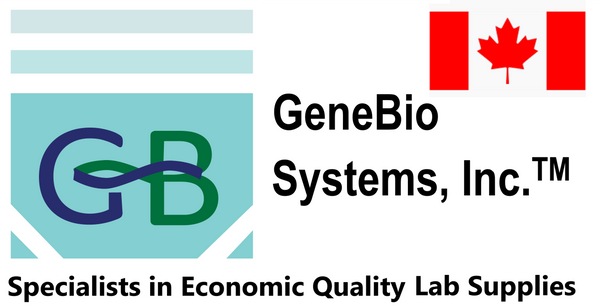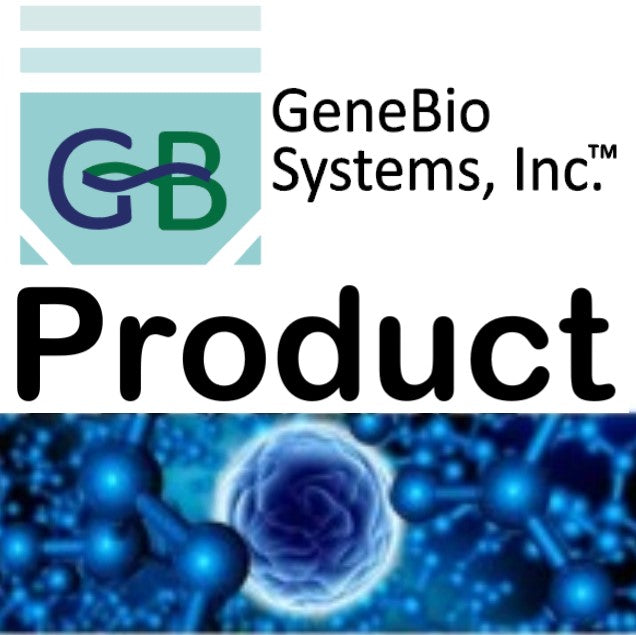Gene Bio Systems
Recombinant Human Interleukin-36 alpha protein(IL36A) (Active)
Recombinant Human Interleukin-36 alpha protein(IL36A) (Active)
SKU:CSB-AP001921HU
Couldn't load pickup availability
Size:100ug. Other sizes are also available. Please contact us.
Research Areas:Immunology
Uniprot NO.:Q9UHA7
Uniprot Entry Name:IL36A_HUMAN
Gene Names:IL36A,FIL1E,IL1E,IL1F6
Species:Homo sapiens (Human)
Source:E.Coli
Expression Region:1-158aa
Sequence:MEKALKIDTP QQGSIQDINH RVWVLQDQTL IAVPRKDRMS PVTIALISCR HVETLEKDRG NPIYLGLNGL NLCLMCAKVG DQPTLQLKEK DIMDLYNQPE PVKSFLFYHS QSGRNSTFES VAFPGWFIAV SSEGGCPLIL TQELGKANTT DFGLTMLF
Protein Description:Full Length
Tag Info:Tag-Free
Mol. Weight:17.7 kDa
Biological_Activity:Fully biologically active when compared to standard. The specific activity determined by its ability in a functional ELISA. Immobilized rHuIL-36? at 1 µg/mL can bind recombinant human IL-1 Rrp2 Fc Chimera with a range of 0.15-5 µg/mL.
Purity:>95% as determined by SDS-PAGE and HPLC.
Endotoxin:Less than 1.0 EU/µg as determined by LAL method.
Form:Lyophilized powder
Buffer:Lyophilized from a 0.2 µm filtered 2 × PBS, pH 7.4
Reconstitution:We recommend that this vial be briefly centrifuged prior to opening to bring the contents to the bottom. Please reconstitute protein in deionized sterile water to a concentration of 0.1-1.0 mg/mL.We recommend to add 5-50% of glycerol (final concentration) and aliquot for long-term storage at -20?/-80?. Our default final concentration of glycerol is 50%. Customers could use it as reference.
Notes:Repeated freezing and thawing is not recommended. Store working aliquots at 4? for up to one week.
Alternative Name/ Alias:FIL1 epsilon, IL-1 epsilon, Interleukin-1 family member 6, IL-1F6,
Relevance:Cytokine that binds to and signals through the IL1RL2/IL-36R receptor which in turn activates NF-kappa-B and MAPK signaling pathways in target cells linked to a pro-inflammatory response. Part of the IL-36 signaling system that is thought to be present in epithelial barriers and to take part in local inflammatory response; similar to the IL-1 system with which it shares the coreceptor IL1RAP. Seems to be involved in skin inflammatory response by acting on keratinocytes, dendritic cells and indirectly on T cells to drive tissue infiltration, cell maturation and cell proliferation. In cultured keratinocytes induces the expression of macrophage, T cell, and neutrophil chemokines, such as CCL3, CCL4, CCL5, CCL2, CCL17, CCL22, CL20, CCL5, CCL2, CCL17, CCL22, CXCL8, CCL20 and CXCL1, and the production of proinflammatory cytokines such as TNF-alpha, IL-8 and IL-6. In cultured monocytes upregulates expression of IL-1A, IL-1B and IL-6. In myeloid dendritic cells involved in cell maturation by upregulating surface expression of CD83, CD86 and HLA-DR. In monocyte-derived dendritic cells facilitates dendritic cell maturation and drives T cell proliferation. May play a role in proinflammatory effects in the lung. {ECO:0000269|PubMed:14734551, ECO:0000269|PubMed:21881584, ECO:0000269|PubMed:21965679, ECO:0000269|PubMed:24829417}.
PubMed ID:10625660; 11991722; 14702039; 15815621; 15489334; 11466363; 14734551; 16777052; 21965679; 21881584; 24829417
Function:Cytokine that binds to and signals through the IL1RL2/IL-36R receptor which in turn activates NF-kappa-B and MAPK signaling pathways in target cells linked to a pro-inflammatory response. Part of the IL-36 signaling system that is thought to be present in epithelial barriers and to take part in local inflammatory response; similar to the IL-1 system with which it shares the coreceptor IL1RAP. Seems to be involved in skin inflammatory response by acting on keratinocytes, dendritic cells and indirectly on T-cells to drive tissue infiltration, cell maturation and cell proliferation. In cultured keratinocytes induces the expression of macrophage, T-cell, and neutrophil chemokines, such as CCL3, CCL4, CCL5, CCL2, CCL17, CCL22, CL20, CCL5, CCL2, CCL17, CCL22, CXCL8, CCL20 and CXCL1, and the production of proinflammatory cytokines such as TNF-alpha, IL-8 and IL-6. In cultured monocytes upregulates expression of IL-1A, IL-1B and IL-6. In myeloid dendritic cells involved in cell maturation by upregulating surface expression of CD83, CD86 and HLA-DR. In monocyte-derived dendritic cells facilitates dendritic cell maturation and drives T-cell proliferation. May play a role in proinflammatory effects in the lung.
Involvement in disease:
Subcellular Location:Secreted
Protein Families:IL-1 family
Tissue Specificity:Expressed in immune system and fetal brain, but not in other tissues tested or in multiple hematopoietic cell lines. Predominantly expressed in skin keratinocytes but not in fibroblasts, endothelial cells or melanocytes. Increased in lesional psoriasis skin.
Paythway:
HGNC Database Link:https://www.genenames.org/cgi-bin/gene_symbol_report?hgnc_id=HGNC:15562
UniGene Database Link:https://www.ncbi.nlm.nih.gov/UniGene/clust.cgi?ORG=Hs&CID=278910
KEGG Database Link:https://www.genome.jp/dbget-bin/www_bget?hsa:27179
STRING Database Link:https://string-db.org/network/9606.ENSP00000259211
OMIM Database Link:https://www.omim.org/entry/605509605509605509


